Polypropylene (PP) is everywhere around us because it’s widely available and cheap, making it the second most used plastic in the world (after polyethylene, e.g. plastic shopping bags). Its processing versatility, outstanding material properties — such as its strength and chemical resistance — and recyclability make this polymer a favorite of the manufacturing sector, especially for consumer goods. The material is well established for end-use applications, so being able to easily 3D print with polypropylene means that designers and engineers can prototype using the same end-use material for more accurate testing.
When you 3D print PP it retains all of its sought-after properties and is great for anything that needs to be light, water-tight, durable, and a bit flexible. Hinges, for example, represent a very popular use, since PP can repeatedly bend without breaking. Printing with polypropylene is slowly catching up with traditional manufacturing industries, even though it faces unique challenges — some of which we will also offer solutions for toward the end of this article.
3D printed polypropylene has been in the headlines lately as a facade for a new Hugo Boss store in Istanbul (pictured below), and as a new material option on the H350 binder jet 3D printer from Stratasys and on the Fuse 1+ selective laser sintering (SLS) 3D printer from Formlabs.
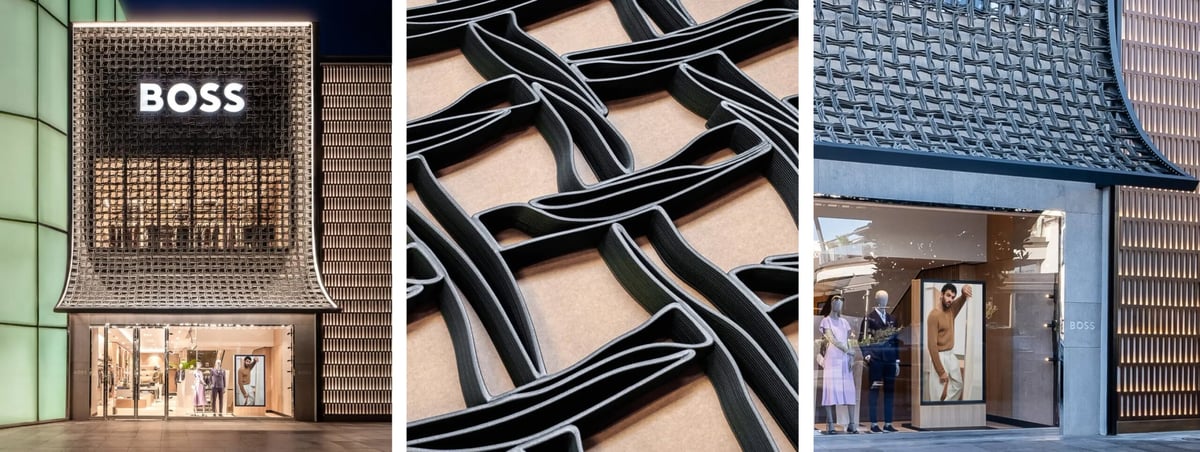
Let’s take a look at the polymer itself, then dive into how and why to 3D print with it, and end up with some services specializing in 3D printing polypropylene.
The Polypropylene You Know
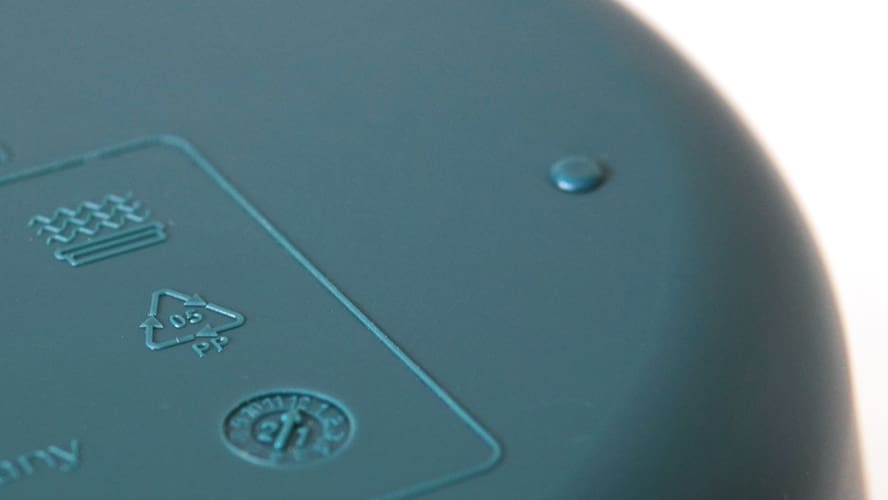
Material Properties
Polypropylene has become a popular choice for manufacturers because of its low cost and many favorable chemical properties with the most important ones listed below.
- Strength: Polypropylene is known for its excellent strength-to-weight ratio, making it a strong yet lightweight material. It has good tensile strength, impact resistance, and flexural strength, which will all depend on the specific material you use, the part you print, and your printing technology.
- Water resistance: Polypropylene is highly impermeable. This property is essential for total immersion applications in medical and industrial products.
- High melting point: Compared to other plastics in the market, polypropylene’s high melting point makes it an excellent option for laboratory and food appliances (containers, kitchen utensils) where high temperatures are required.
- Chemical resistance: The chemical and solvent resistance of semi-crystalline polymers is usually much better than that of competing amorphous materials since their densely packed crystalline structures protect them against dissolution.
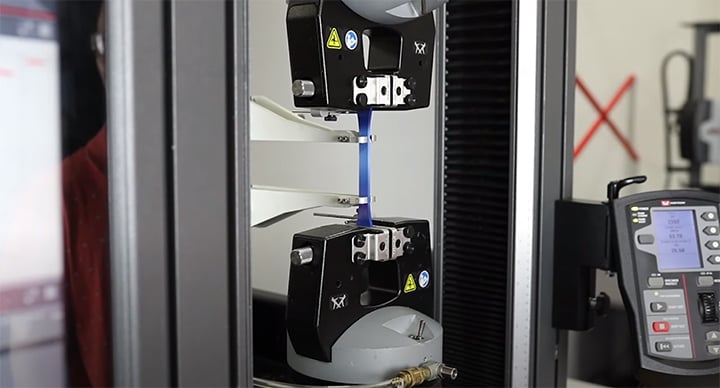
- Biological resistance: It does not mold or deteriorate by biological factors, such as bacteria or fungi (in the short term).
- Insulation: Given its high resistance to electricity it is commonly used in electronic components.
- Non-toxicity: According to the Food and Drug Administration, polypropylene is generally considered safe for food and human contact and does not include the controversial additive Bisphenol A (BPA). (However, depending on the mixture used, current research suggests that endocrine-disrupting chemicals found in the plastic could still be at risk of leaching into foods and drinks under certain conditions.
- Recyclability: In theory, polypropylene is both chemically and mechanically recyclable. There are several options of recycled polypropylene available for 3D printing.
- Fatigue resistance: This property is the reason why your shampoo lid is made from polypropylene. It retains its shape after being bent or subjected to torsion. This makes it suitable for living hinges which are usually not achievable with more familiar 3D printing materials like PLA, ABS, or nylon.
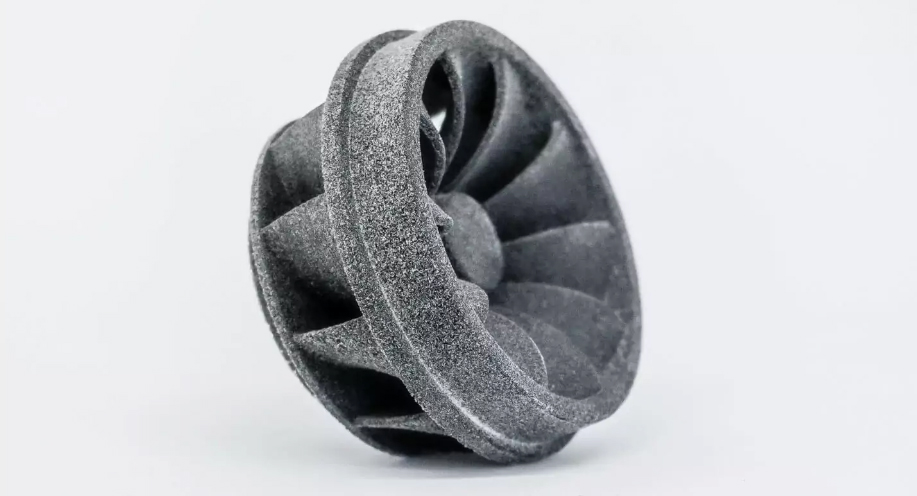
The downside of polypropylene:
- Made from fossil fuels: Polypropylene is derived from fossil fuels, specifically from the polymerization of propylene, a byproduct of oil and natural gas refining.
- High flammability: This material can burn easily, but there are grades that are more flame-resistant.
- UV degradation: It’s prone to sunlight damage, degrading the polymer bonds holding it together. Therefore, in its pure form, it is not an ideal choice for long-term outdoor light exposure, yet this can be improved with pigments and other additives.
- Poor bonding properties: This makes it challenging to paint and affects its compatibility with certain glues. However, the adhesive strength can be enhanced, which would allow the use of paints and ink.
- Susceptibility to oxidation. Polypropylene is susceptible to thermo-oxidative degradation, which can be remedied to an extent by adding antioxidants to the mixture.
Polypropylene 3D Printers
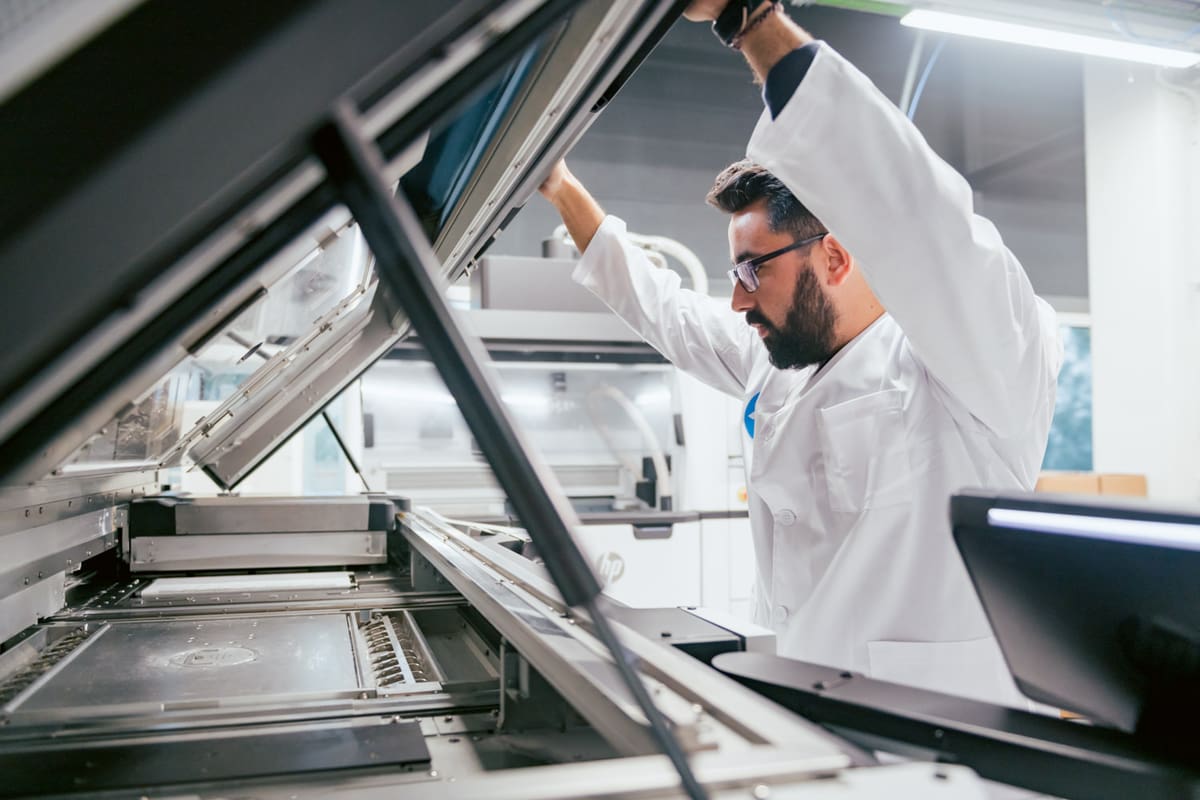
If you want to 3D print polypropylene on your own 3D printer, there is a wide variety to choose from in three different technologies.
The three top 3D printing methods used to produce polypropylene parts are:
- fused deposition modeling (FDM), with filament and pellets
- selective laser sintering (SLS)
- binder jetting, including Multi Jet Fusion (MJF) from HP, High-Speed Sintering (HSS) from Voxeljet, and Selective Absorption Fusion (SAF) from Stratasys.
Almost any desktop fused deposition modeling (FDM) machine can 3D print with polypropylene filament as long as the nozzle can reach around 205 °C – 275 °C, you can heat the bed to between 80 °C – 100 °C, and you can control the fan speed. Some manufacturers offer specialized kits like polypropylene print plates to increase the chances of printing success.
Industrial machines also process polypropylene as either a filament, pellets, or a fine powder.
Industrial FDMs (MiniFactory, Roboze, Apium, Aon3D, Stratasys, etc.) typically offer more control of the print parameters and established print profiles for polypropylene. Some industrial FDM 3D printer makers also offer their own polypropylene material tuned to their machines. As 3D printing with recycled polypropylene becomes more common, it’s a popular choice in pellets or scrap form used with large-scale robotic arm 3D printers.
SLS and binder jetting methods (MJF, HSS, SAF) both use polypropylene in powder form. We take a closer look at these printers in the section below: Powder Bed Fusion 3D Printing with Polypropylene.
How to Print with Polypropylene Filament & Pellets
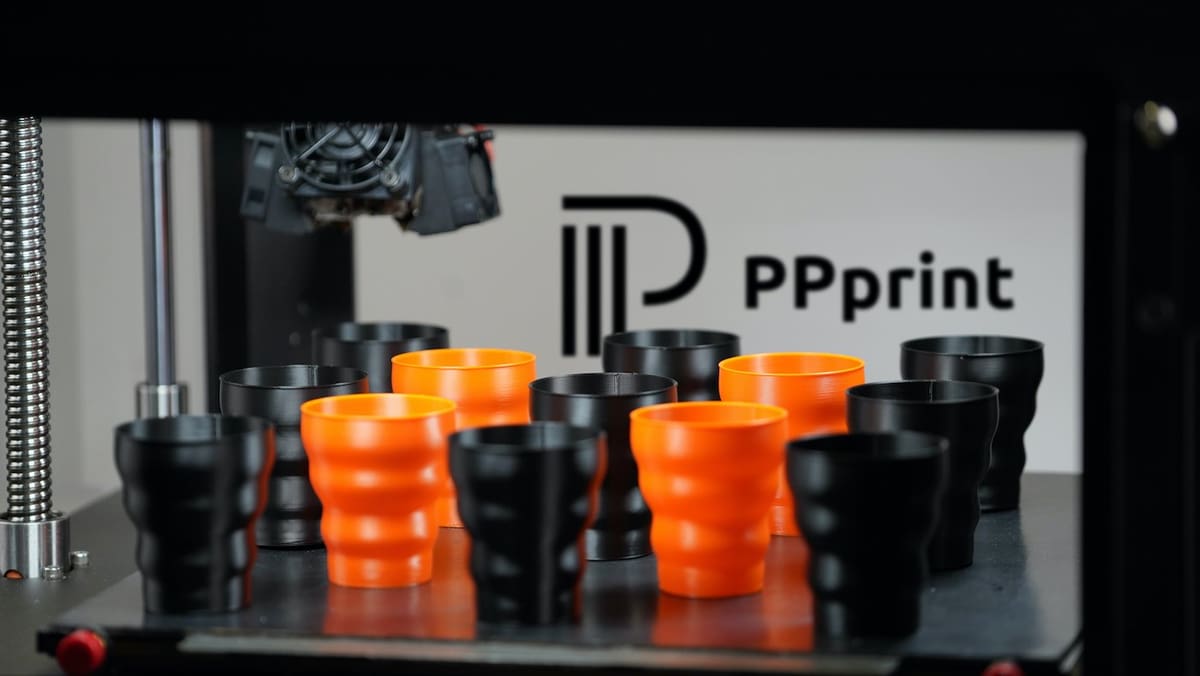
Merging the versatility of FDM 3D printing with polypropylene’s material characteristics is ideal for a wide range of products, such as orthopedic devices, auto parts, and sports equipment.
PP filament is widely available in a range of formulations, but the opportunity to 3D print with PP in pellet form is gaining traction as a far more economical alternative for larger projects. In most cases, you can 3D print with the same PP pellets used in the injection molding industry with a pellet 3D printer.
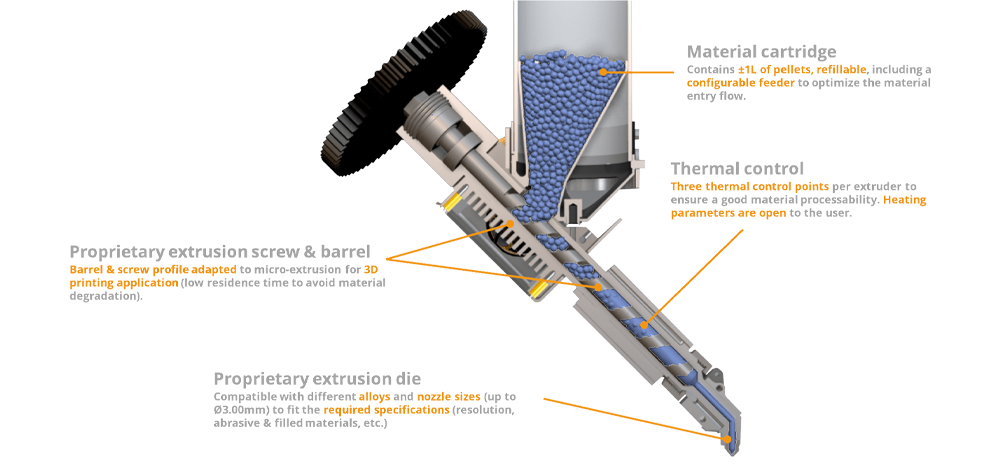
When 3D printing polypropylene, keep in mind that varying the extrusion temperatures can result in different properties within a single 3D printed part. If this is not the desired effect, use an enclosed chamber 3D printer to ensure consistent temperature and no drafts.
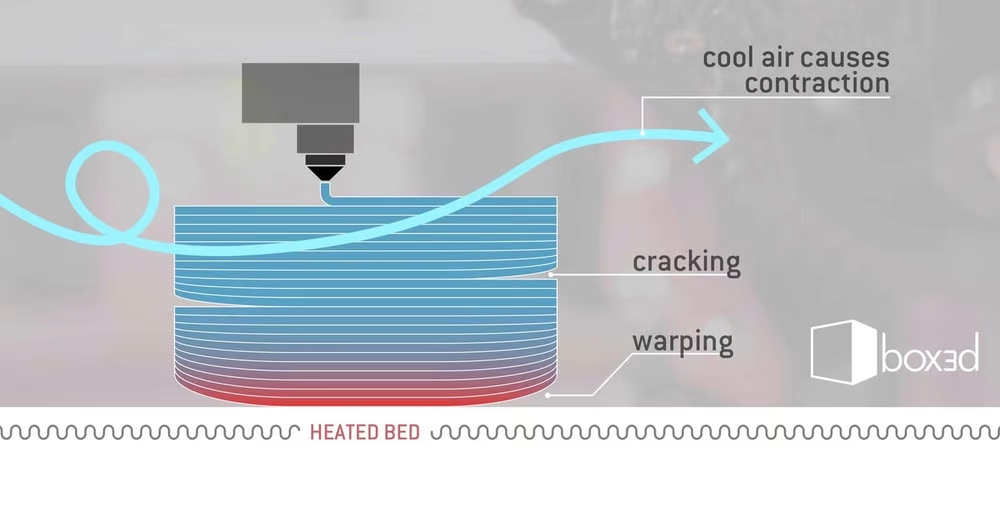
Tip #1: Use Clear Packing Tape
Tape is often used as an adhesive aid on print beds, with Kapton tape and blue painter’s tape being classic choices. Unfortunately, these classic options won’t work well here, as PP doesn’t like sticking to other materials.
Thankfully, PP loves to stick to itself, and most packing tapes are made of polypropylene. Therefore, instead of using the above tapes, try printing onto some clear packing tape. (Make sure it’s made of PP.) You’ll likely see a dramatic improvement in bed adhesion.
Tip #2: Use a Large Brim
Try printing with a large brim or raft to combat polypropylene’s high warping stresses. Both methods increase the surface area of the first layers of your prints, reducing concentrated points of warping stresses and increasing the likelihood of your prints succeeding. After printing, they simply snip or peel off.
With PP, you may have to increase the brim or raft size beyond what you might typically use for other materials. Generally, the two can be used interchangeably, though you may find yourself preferring one over another.
Tip #3: Turn Up the Heat
Another way to mitigate warping is to turn up the bed temperature. This will prevent the PP from cooling down too much, thus reducing the amount of contraction. By keeping contraction down, you can reduce the warping stresses that are generated.
A good place to start is your printer or filament manufacturer’s default settings for PP, if available. Otherwise, start at 85 °C and turn up the bed temperature 5 °C at a time until you find an optimal temperature. The sweet spot should be somewhere between 85 °C and 100 °C.
Powder Bed Fusion 3D Printing with Polypropylene
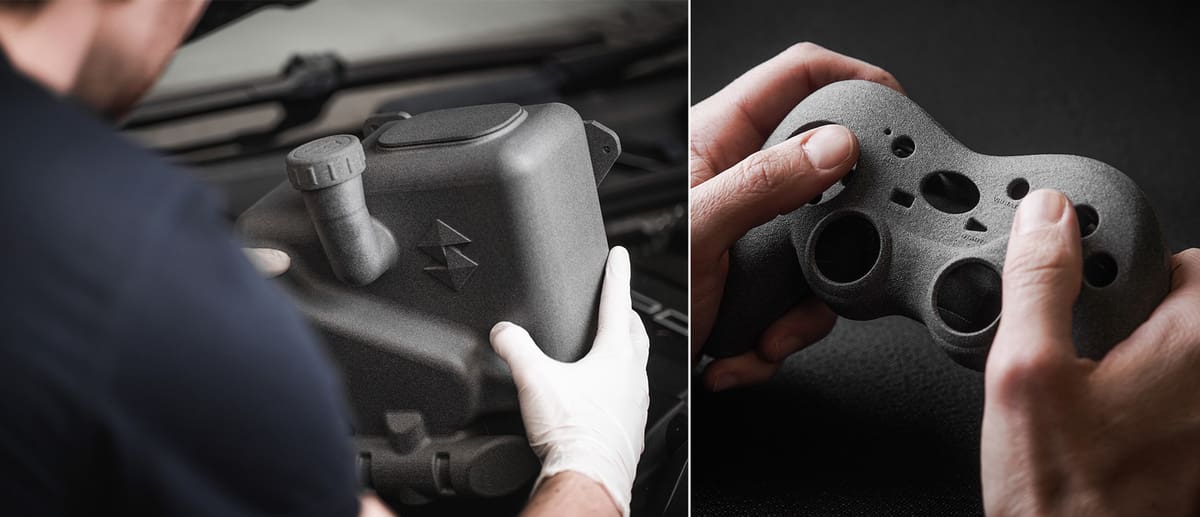
Powder bed fusion (PBF) encompasses the two 3D printing technologies we mentioned above (selective laser sintering and binder jetting) and is often preferred to FDM 3D printing for end-use parts for a few reasons. First, powder bed fusion has better interlayer adhesion than layers of filament. Although this varies with the printer and the process, generally speaking, PBF technologies will produce parts with a better surface finish and more consistent mechanical properties than FDM parts.
The binder jetting processes (MJF, HSS, SAF) are often preferred over SLS for even better interlayer adhesion. In fact, SLS 3D printing with polypropylene is relatively rare since the material has a low melting point and tends to warp or shrink during the cooling process. Many top SLS brands, such as EOS and 3D Systems, do not offer 3D printers compatible with polypropylene powder (opting instead for nylon and other engineering-grade polymers).
Even though these BPF processes use polypropylene powder, all polypropylene powders are not the same. Varying material compositions and parameters often mean these powders are restricted to a specific technology or even a specific brand of 3D printer.
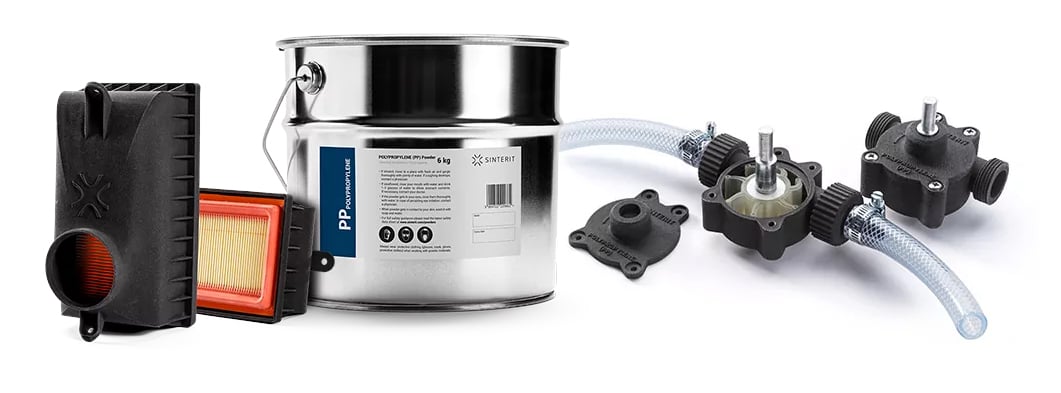
Process-specific advantages of PP include its very high powder refresh rate and comparatively low melting temperature. Similar to FDM however, warpage is a significant concern that not only affects dimensional accuracy but may also lead to print crashes, making polypropylene a particularly difficult PBF material to work with.
Order Polypropylene 3D Printed Parts
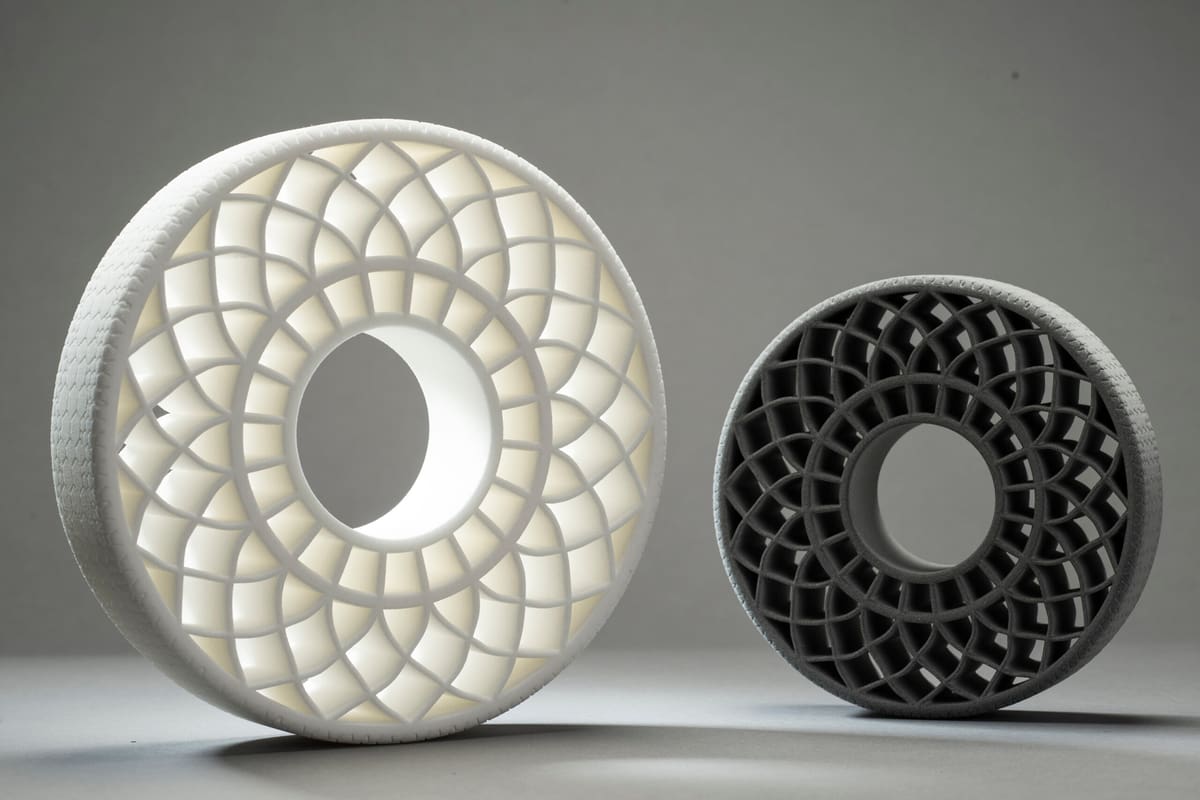
If you’re just getting started with polypropylene 3D printing, ordering a few parts from a third-party 3D printing service is a great way to evaluate if the material fulfills your requirements. It’s also the obvious choice if you’re not yet prepared to invest in your own 3D printers.
Services, such as Craftcloud, offer several types of materials in all the relevant technologies so you can compare. For example, upload the digital file of your factory fixture to a service provider, select one printed in polypropylene using FDM and another printed in SLS with glass-filled polypropylene, then put both to the test.
Top 3D Print Services Offering Polypropylene
What do polypropylene parts cost at a service?
To give you a rough estimate of what some polypropylene parts cost at a 3D printing service, we uploaded several digital models to Craftcloud for an instant quote.
The Environmental Impact of Polypropylene
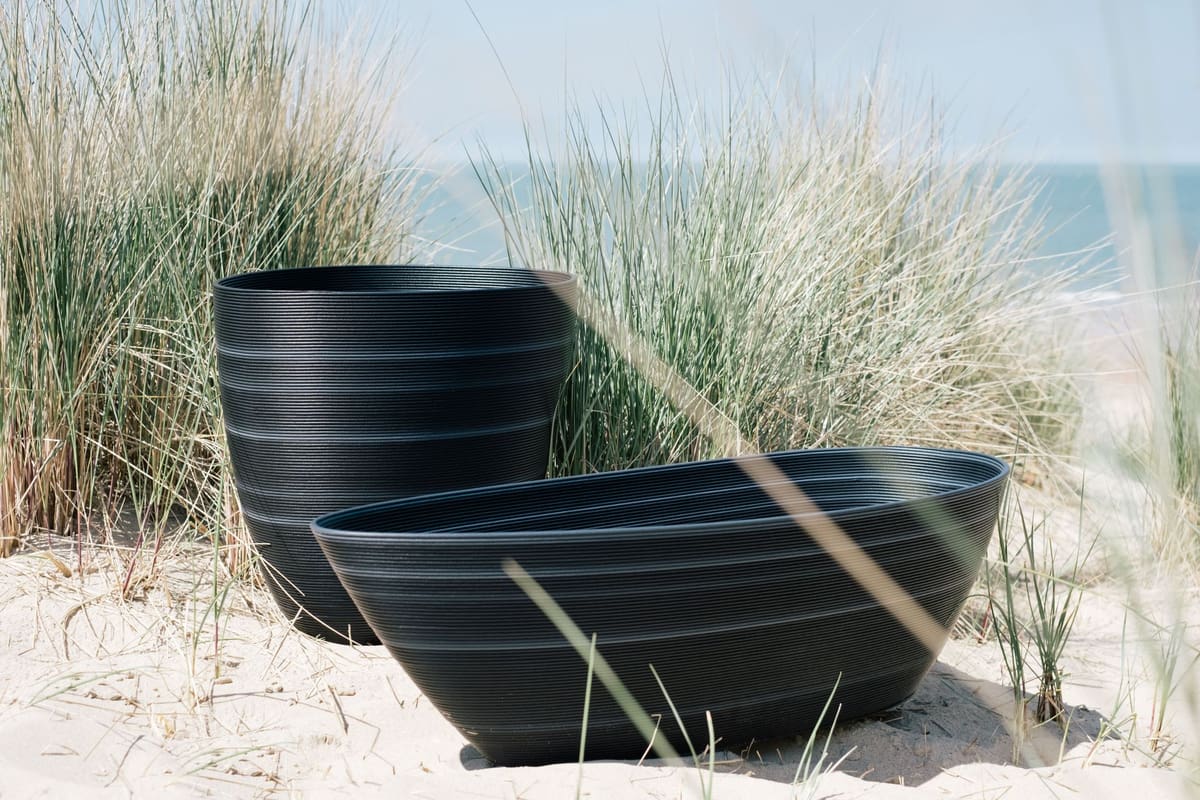
As we mentioned polypropylene is made from fossil fuels, a finite resource with a tremendous impact on the environment, but that doesn’t mean you should write off the material as an unsustainable option because progress is rapid on recycled polypropylene as a 3D printing material.
Polypropylene has the resin recycling code 5 and theoretically offers good chemical and mechanical recyclability relative to other plastics, meaning products made from recycled PP have excellent mechanical qualities. Chemical or solvent-based recycling of polypropylene is known as the Dissolution / Reprecipitation Technique and yields more homogonous recyclate due to the improved capability to remove contaminants. On the downside, this technique is quite energy-intensive, resulting in higher costs and making it difficult for the recyclate to compete with the low price point of virgin material.
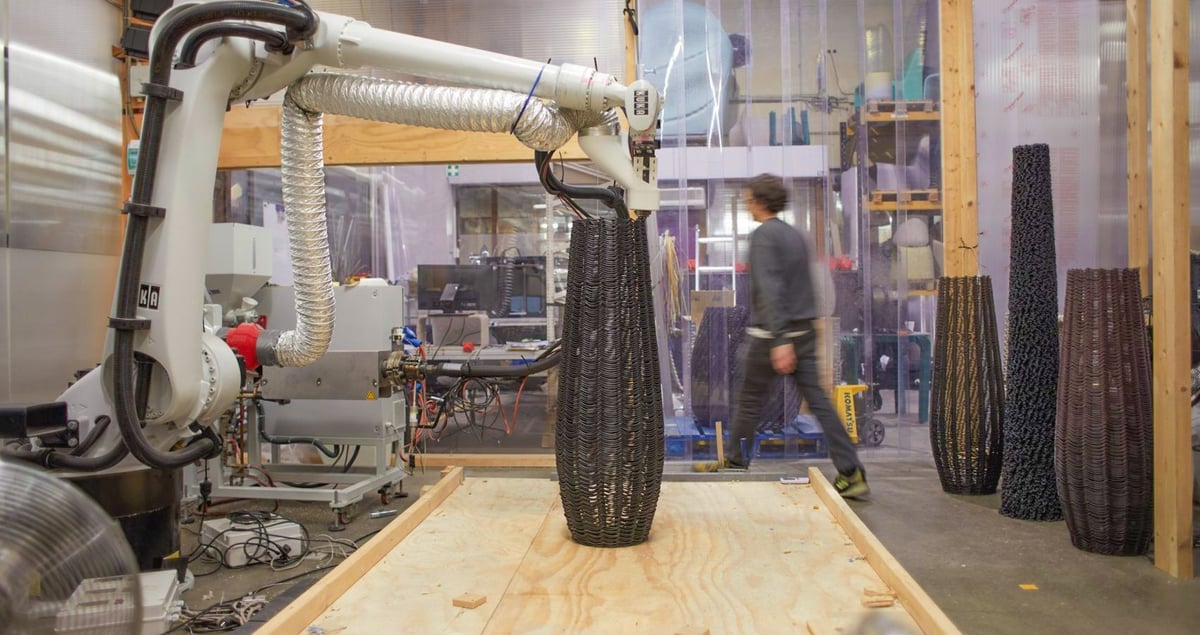
US-based PureCycle Technologies is a start-up company with a production facility in Ironton, Ohio, that is developing recycled PP pellets made from post-industrial recycled material, such as reclaimed consumer packaging and other discarded products traditionally destined for a landfill. Once fully operational, the company’s facility will produce 107 million pounds Ultra-Pure Recycled PP pellets that are easily colorable and 3D printable. PureCycle will be offering multiple PureFive grades to customers that include a blend of PureCycle resin and varying levels of post-industrial recycled material or virgin polypropylene.
In fact, recycled pellet materials for extrusion FDM 3D printing, typically with a robotic arm 3D printer, are far more widely available than just five years ago.
The priority, however, when it comes to using polypropylene, or any polymer for that matter, is to think before you 3D print and always keep the waste hierarchy (reduce, reuse, recycle) in mind to avoid unnecessary waste.
Lead image source: Lead image credits: HP, PPprint, Materialise, 3DFilaPrint, Fillamentum
License: The text of "Quick Start Guide to Polypropylene (PP) 3D Printing" by All3DP Pro is licensed under a Creative Commons Attribution 4.0 International License.

